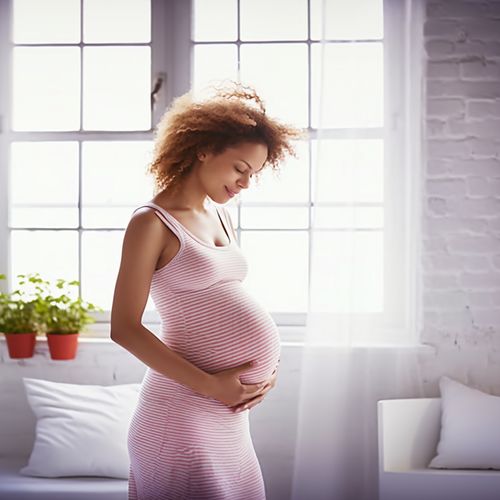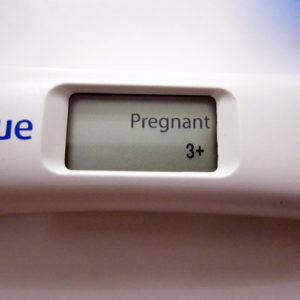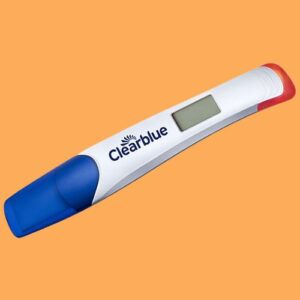Determining your due date during pregnancy can seem confusing with so many variables involved. Here's a guide on the main methods used to calculate when your baby is expected to arrive.
Your doctor will first ask about your last menstrual period (LMP) as this is usually the starting point for estimating your due date. This assumes a "normal" 28 day cycle with ovulation on day 14. However, cycles can range from 21-40 days and ovulation timing varies too. So while LMP dates work if you have a regular cycle, they are less accurate if yours fluctuates.
Nowadays, pregnancy tests can detect the hormone hCG very early on – as soon as 1 week after conception or 3 weeks pregnant. Home tests showing 1-2 weeks after a missed period mean you are around 4-5 weeks pregnant. Although not definitive for dating, a positive test indicates the timing of conception.
Once pregnant, ultrasound scans provide the most accurate way to date your pregnancy. In the first trimester, your baby's size is measured from crown to rump (head to bottom) known as the crown-rump length. This gives the number of weeks pregnant you are. Seeing the scan after 6 weeks should show the heartbeat.
Your First Ultrasound Scan
Your first ultrasound scan is an exciting milestone in pregnancy. As well as confirming your due date, it provides reassurance that your baby is developing normally.
Seeing your baby on screen for the first time makes everything seem more real. The sonographer will point out your baby's head, arms, legs and organs. You may even spot some movement which is amazing to see.
Early scans are abdominal through your tummy. The gel helps get a clearer picture by allowing the ultrasound waves to transmit to the uterus. The sonographer will slide the probe around your abdomen to get views of your baby from different angles.
Don't worry if baby is curled up facing your back rather than the front. The sonographer is highly skilled at looking at different structures. They will check the spine, brain, heart, stomach, bladder and umbilical cord. Limbs and facial features become clearer in later scans.
Your partner can come too which is lovely to experience together. You may want to invite your mum or close friend as well. Seeing your baby reassures grandparents too. Bring a few ultrasound photos home as precious keepsakes.
In later scans, the thigh bone length gives the best indication of gestational age and due date. Head and abdominal circumferences are better for estimating the baby's weight. Dates from scans in the first trimester are within a few days. Second trimester they may vary by up to 1 week either side. Third trimester they can differ by as much as 2 weeks due to normal variations in baby size.
Your due date shouldn't change once set early on around 8-10 weeks. Allow a few days either side from first trimester scans and a week's variation in the second trimester. Only alter your due date if you're specifically advised after a second scan differs by over a week. Having a consistent date is important for monitoring your baby's expected growth and development.
Remember that dates are just estimates and babies arrive when ready! But knowing your estimated due date helps you prepare and lets caregivers track the pregnancy. If you have any questions around pregnancy dating or ultrasound scans, ask your care provider.
Photo credit; “Due Date” by Anthony Cunningham for Zoom Baby
Zoom Baby is a leading supplier of Pregnancy Tests and Ovulation Test Kits





